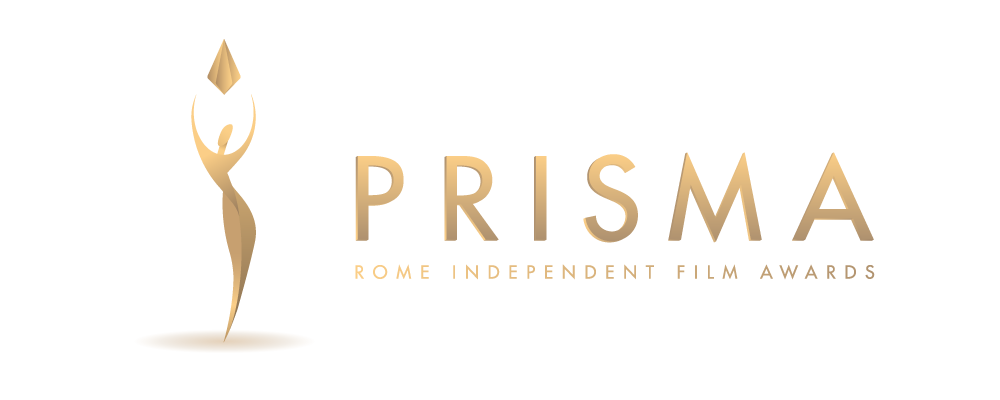03 Apr An interview with Dimitri Vallein, cinematographer of “The Last Star”
BIO
Before that, he created a YouTube channel that was very popular in the electronic music scene, accumulating tens of millions of views on videos made in his bedroom. And then he started making augmented reality filters. Those filters went viral almost immediately, with hundreds of millions of views. Celebrities from all over the world like Dua Lipa started using them. These experiences made him realize how powerful it is to combine new technology with meaningful storytelling to connect with people on an emotional level. He recently made an animated short called ‘The Last Star’ which is doing quite well in film festivals.
The synthesis of aesthetic and narrative elements was paramount in ‘The Last Star’, to convey its thematic depth and emotional resonance. I approached this fusion by meticulously crafting each aspect of the film, from its visual language to its sound design. My goal was to create an immersive experience that transcends time and space, tapping into universal themes that resonate with audiences on a visceral level.
To achieve this, I drew inspiration from a variety of sources, including art, literature, and cinema, weaving together a tapestry of images and sounds that evoked both the ethereal beauty of the stars and the darker aspects of human nature. Through careful composition, lighting, and cinematography, I sought to capture the sublime grandeur of the cosmos while also exposing the destructive tendencies of greed and ambition.
The haunting soundtrack played a crucial role in shaping the film’s atmosphere, heightening emotional intensity and underscoring thematic motifs. I composed and produced it with this particular goal in mind. I wanted to create a score that not only complemented the visuals but also enhanced the narrative depth of the film.
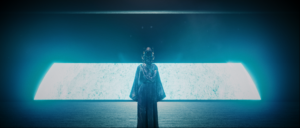
The creative process behind ‘The Last Star’s’ futuristic civilization and visual effects was driven by a desire to evoke a sense of timelessness and transcendence. I drew inspiration from a variety of sources, including science fiction literature, ancient mythology, and contemporary design, to create a visually stunning and immersive world that feels both familiar and otherworldly.
My approach to designing the futuristic civilization involved a meticulous attention to detail in set design, costumes, and props. I wanted to create a world that felt lived in and authentic, with a rich history and culture that extended far beyond the confines of the film. To achieve this, I worked closely with a team of talented artists and designers, drawing on their expertise to create intricate landscapes, architecture, and technology that reflected the ethos of the civilization.
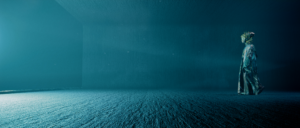
We would be curious to know what your sources of inspiration were, if any.
I was particularly influenced by the works of visionary filmmakers such as Stanley Kubrick, Andrei Tarkovsky, and Ridley Scott, whose films pushed the boundaries of storytelling and visual expression.
In addition to cinematic influences, I was also inspired by the vastness of the cosmos and the mysteries of the universe. I wanted to explore themes of existentialism, human nature, and the search for meaning in a universe that is both beautiful and unforgiving. This led me to delve into philosophical texts, scientific theories, and speculative fiction, all of which informed the thematic and narrative elements of the film.
My goal was to create a film that transcended genre and spoke to the universal human experience. Through my exploration of these diverse influences, I hope to have created a cinematic journey that will resonate with audiences on a profound level, sparking their imagination and inviting them to ponder the mysteries of existence.
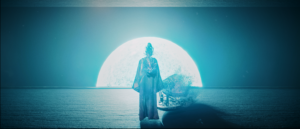
As you transitioned from online content creation to 3D filmmaking, how have advancements in technology empowered you to push the boundaries of visual storytelling? Are there any particular special effects techniques or tools that you find particularly exciting or game-changing? How do you see these advancements shaping the future of filmmaking?
The evolution of 3D animation tools and rendering technologies has opened new avenues for creativity, allowing me to bring my artistic vision to life in ways that were previously unimaginable.
One of the most exciting advances is the development of real-time rendering engines, which allow filmmakers to see high-quality visuals rendered in real time during the production process. This not only streamlines the workflow, but also provides greater flexibility for experimentation and iteration, ultimately resulting in more dynamic and immersive cinematic experiences.
Looking ahead, I believe that advances in technology will continue to shape the future of filmmaking in profound ways. From the proliferation of immersive technologies like virtual reality and augmented reality to the continued refinement of artificial intelligence and machine learning, the possibilities for creative expression are limitless. As filmmakers, it is our responsibility to embrace these advances and harness their potential to tell compelling stories that resonate with audiences around the world.
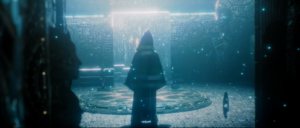
I’m working on three fascinating animation projects right now, each of which is an original exploration of narrative and visual expression. The upcoming film “Vortex” is expected to captivate viewers with its beautiful animation. ‘New Specimen’ represents a pivotal point in my animation career and feeds my desire to push the boundaries of the medium even further, exploring new territory with intricate character dynamics, compelling dialogue, and detailed facial animation. Finally, ‘The Day I Met You’, is under pre-production, with a dedicated crew creating every aspect from storyboard to script. With this project, which will also be my biggest animation project to date, I hope to leave a lasting impression on people’s hearts and souls.
